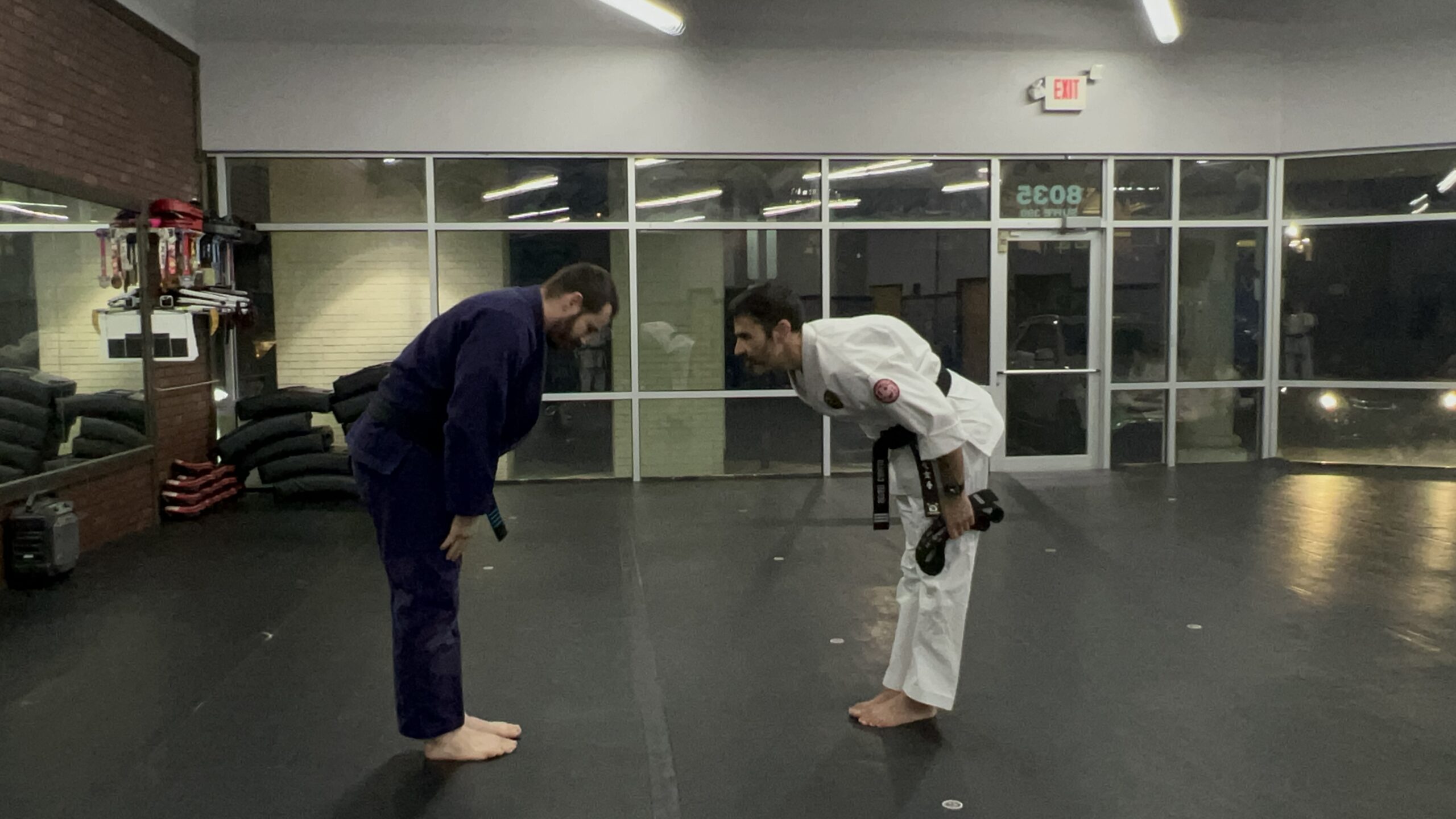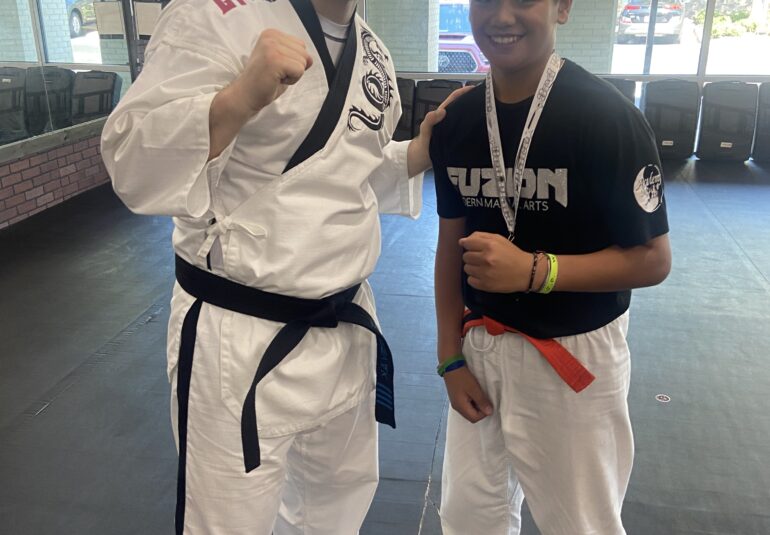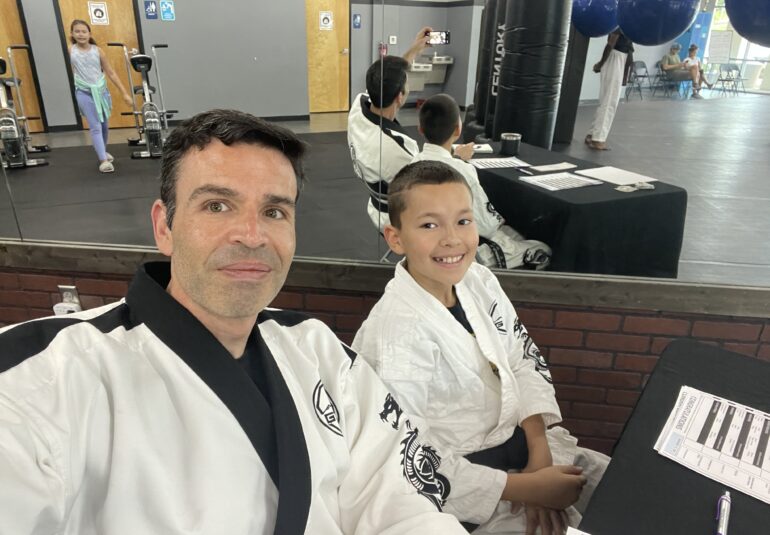
- 18
Martial arts, with roots stretching back thousands of years, have always been closely tied to culture, philosophy, and self-discipline. But as global communication and travel increased in the 20th century, so did the cross-pollination of combat styles. The result? The rise of hybrid martial arts—a fusion of techniques, strategies, and philosophies from multiple systems tailored for effectiveness, versatility, and real-world application.
What Are Hybrid Martial Arts?
Hybrid martial arts are systems that deliberately blend techniques and principles from two or more traditional or modern martial arts. These styles are developed with a clear intention: to maximize effectiveness by filling in the gaps of individual styles. For example, combining the striking prowess of Muay Thai with the grappling efficiency of Brazilian Jiu-Jitsu (BJJ) provides a more comprehensive approach to self-defense or competition.
Origins: Breaking Free from Tradition
The traditional martial arts—Karate, Judo, Kung Fu, Taekwondo, and others—are deeply structured and often rooted in ritual, formality, and long-standing techniques. But in the early to mid-20th century, some martial artists began to question these rigid boundaries.
One of the most notable pioneers was Bruce Lee, who famously developed Jeet Kune Do in the 1960s. He believed in “using no way as way, having no limitation as limitation”—a revolutionary approach that dismissed rigid style loyalty in favor of practical effectiveness. Lee’s philosophy laid the groundwork for future hybrid systems.
The UFC Effect: Practicality Over Purity
The launch of the Ultimate Fighting Championship (UFC) in 1993 dramatically accelerated the evolution of hybrid martial arts. Early competitions featured style-vs-style matchups—Karate vs. Boxing, Wrestling vs. Kung Fu—and quickly demonstrated that no single traditional style could dominate in every scenario.
Fighters like Royce Gracie proved the power of ground fighting and submission grappling, while others began incorporating multiple styles to round out their skills. Over time, the era of the “pure” fighter gave way to the well-rounded martial artist, leading to the widespread adoption of Mixed Martial Arts (MMA) as both a sport and a training methodology.
Key Influences in Hybrid Martial Arts
Several martial arts have become foundational building blocks in the hybrid movement:
• Boxing & Muay Thai – For their superior striking techniques and footwork.
• Brazilian Jiu-Jitsu & Judo – For grappling, submissions, and ground control.
• Wrestling – For takedowns, clinch control, and positional dominance.
• Kali/Escrima – For weapon-based training and hand speed development.
• Krav Maga – For real-world self-defense and aggression conditioning.
Many modern martial arts schools now offer curricula that blend these influences rather than adhering to a single discipline.
Benefits of Hybrid Martial Arts
• Comprehensive Skill Set: Students learn to strike, grapple, and defend in a variety of scenarios.
• Adaptability: Practitioners can transition smoothly between ranges and styles of combat.
• Real-World Effectiveness: Hybrid training tends to focus on what works in actual confrontations, not just in theory.
• Creative Freedom: Students are encouraged to find what works for them, rather than conforming to a rigid style.
Popular Hybrid Systems Today
• MMA (Mixed Martial Arts): The most high-profile hybrid system, taught in gyms worldwide.
• Jeet Kune Do: Bruce Lee’s philosophical blend of martial arts continues to influence many modern systems.
• Combat Sambo: A Russian hybrid combining judo, wrestling, and striking.
• Systema: A Russian martial art that integrates various techniques for combat and self-defense.
• Kajukenbo: Developed in Hawaii, combining Karate, Judo, Kenpo, Boxing, and Chinese martial arts.
The Future of Hybrid Martial Arts
As martial arts continue to evolve, the trend toward hybridization shows no signs of slowing down. With advancements in training methods, sports science, and digital access to global techniques, future martial artists are likely to be more diverse and dynamic than ever.
Hybrid martial arts represent a shift from tradition for tradition’s sake to practical effectiveness and adaptability. They honor the old ways while embracing the new, embodying the timeless martial principle: “Be like water”—fluid, adaptive, and unstoppable.


